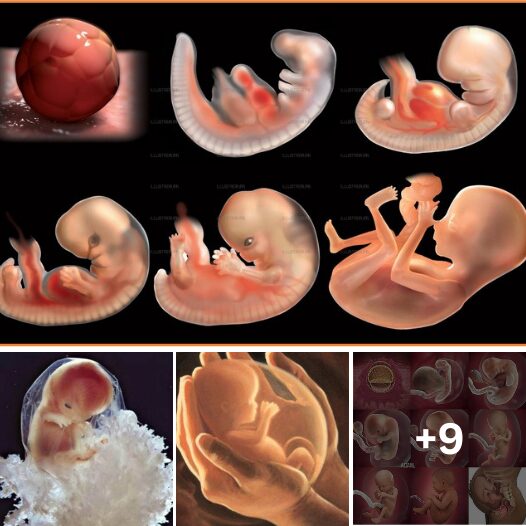Unveiling the Wonders: Inside the World of Fetal Movements
Pregnancy is a journey filled with awe-inspiring moments, one of the most magical being the sensation of your baby moving within. Beyond the delightful kicks, there’s a whole array of activities happening inside the womb that are a wonder to comprehend.
The Early Stirrings: A Fetal Ballet Begins
The dance of life begins earlier than you might expect. By the ninth week of gestation, your little one starts to move, a wondrous spectacle visible via ultrasound, even though you may not feel it yet. It’s from the 16th to the 20th week that mothers typically start to feel their babies’ stretching, twisting, and playful kicks. Approaching the 25th week, a significant milestone occurs as your baby prepares their lungs for life outside the womb.
A Whirlwind of Activity
Imagine this: post the 16th week, your baby could be moving over 50 times an hour! By the 29th week, this may translate into you feeling about ten movements every hour. These movements are not just limited to stretches and kicks; your baby is also turning their head, touching their face, or even playing with the umbilical cord.

Around the 20th week, unique gestures begin to develop, some of which might continue into their life after birth. As your baby grows, the nature of movements shifts – the spacious somersaults gradually give way to more pronounced kicks due to the increasingly cozy confines of the womb.
Patterns of Movement
Babies tend to be more active post-breakfast, responding to your body’s movement and settling as you find comfort. It’s fascinating to note that there will be times when the baby is less active, possibly during their nap times, which become more prolonged as the pregnancy progresses.
From the 28th week onwards, doctors often recommend keeping track of fetal movements. This can be crucial in identifying any potential issues and averting complications such as stillbirth. Some mothers, especially those who are overweight or have the placenta positioned at the front of the womb, may feel fewer movements.
The Dream Phase
By about 32 weeks, your baby spends 90-95% of their time in deep sleep, possibly even dreaming during REM sleep phases. As they approach the 36th week, their sleep cycles, alternating between deep and light sleep, last around 70-90 minutes. During lighter sleep phases, your baby might move slightly or even suck on a thumb.
Preparing for Birth
In the final stages, around 85-90% of their time is spent sleeping, a pattern that often continues after birth. Interestingly, sleeping on the left side is not only comfortable for most mothers but also beneficial for blood circulation, which can increase fetal activity. Ultrasounds have captured that babies react to their mother’s laughter by bouncing joyfully.
A Second or Third Dance
In subsequent pregnancies, the baby often has more room to move due to an expanded uterus and longer umbilical cord, leading to a higher level of activity in the womb and potentially more active infants post-birth.
Beyond Kicking: A Journey of Discovery
Your baby’s movements in the womb are not just about kicks; they’re exploring their little world with curiosity and wonder. Every twist, turn, and stretch is part of their incredible journey of growth and development before they make their grand entrance into the world.
This insight into the fetal world reveals the intricate and fascinating activities that take place within the womb, offering a glimpse into the early stages of human development and the profound connection between mother and child.
